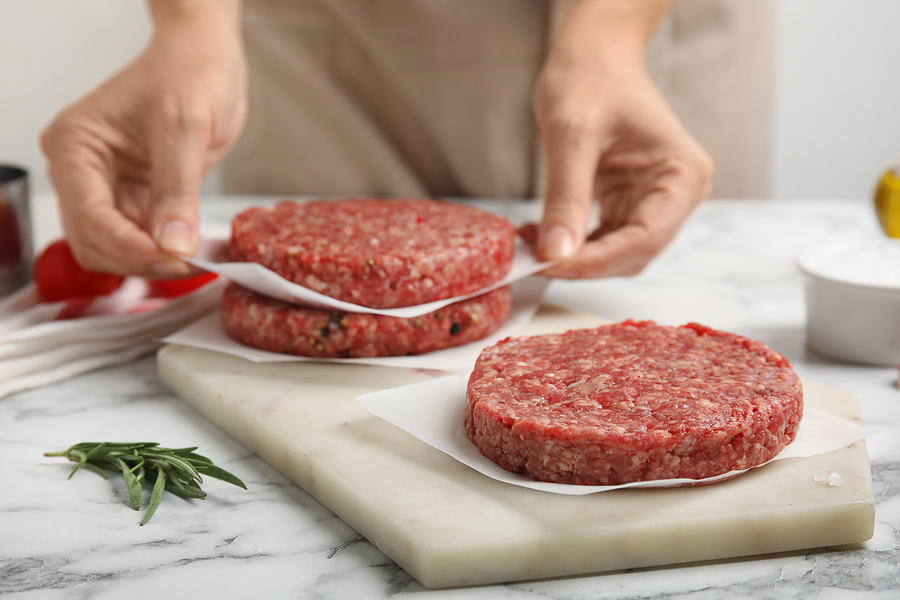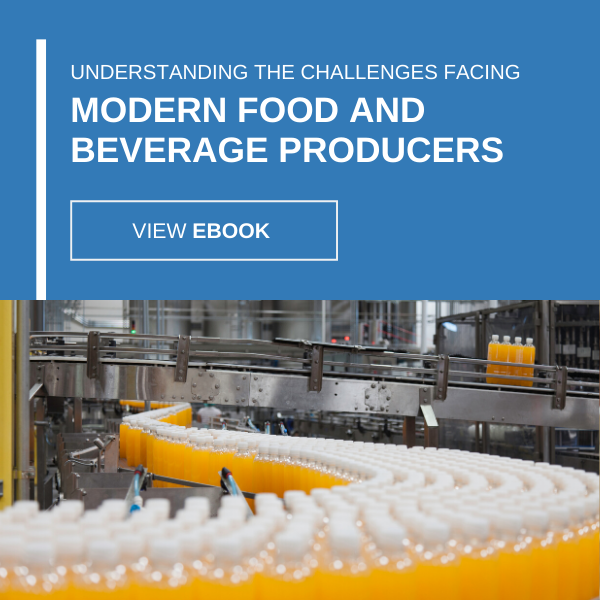
3 maneiras de maximizar o rendimento no processamento de alimentos para obter lucros mais altos
= || 74
In the food processing industry, the name of the game isn’t necessarily doing more with less, although that’s a powerful goal. For many companies, it comes down to getting the most out of their raw materials. To do that, it’s all about yield.
It can be a slightly confusing term to those outside the industry, but yield is generally defined as “the amount of usable product AFTER processing raw materials.” There’s a popular meme on the internet right now with the theme of: “How it started. How it ended.” Essentially, it’s “before and after” photos. When you’re talking about yield, the “before” photos might be a side of beef hanging in a cooler, while the “after” photos would be a pound of hamburger packaged and ready to ship to the grocery store. In that case, how it started isn’t necessarily going to be how it ended. In other words, a pound of beef isn’t always going to end up being a pound of burger. The difference is your yield.
Yield is affected by a wide range of variables, and low yield numbers can mean trouble for a company’s bottom line. It’s a common problem, one USC Consulting Group helps our clients with regularly. Let’s look a little deeper at yield, how and why it can bedevil companies, and what they can do about it.
The challenge with yield
Improving yield is the end goal. But let’s start at the beginning. Staying with the beef industry as an example, when companies start with a pound of beef and end up with .8 pounds of burger, that’s an 80% yield. The reasons for that gap become the problem.
Perda de umidade ou peso. É apenas a natureza da besta. É por isso que, quando você começa com um quilo de matérias -primas, nem sempre recebe um quilo de produto acabado. Essa é a variação máxima de subsídio (MAV). Nenhum produto deve pesar menos que o MAV, nem deve pesar mais de 100% do MAV. Essa é a área cinzenta, ou espaço de manobra. No entanto,… In processing beef, moisture is lost. It’s just the nature of the beast. That’s why, when you start out with one pound of raw materials you don’t always get one pound of finished product.
MAV. Government regulations give the food industry a little wiggle room between the expected quantity of any given item and the actual quantity. That’s the Maximum Allowance Variance (MAV). No product should weigh less than the MAV, nor should it weigh more than 100% of the MAV. That’s the gray area, or wiggle room. However…
Peso da etiqueta. Os usuários finais, nesse caso, os clientes de mercearias não podem saber que estão comprando um quilo de hambúrguer quando estão realmente recebendo 0,8 libras ou menos. Os proprietários de supermercados também não devem ser informados por seus fornecedores que estão comprando 100 libras de carne moída quando estão recebendo 80 anos. Então, para atingir esse ponto ideal e cumprir os pesos de etiqueta, as empresas de processamento de alimentos geralmente ... Due to government regulations (and good sense) the actual weight of a product — say, that pound of packaged ground beef in a grocery store — should not be lower than the label weight. End users, in this case, grocery store customers, can’t be told they’re buying a pound of burger when they’re really getting .8 pounds or less. Nor should grocery store owners be told by their suppliers they’re buying 100 pounds of ground beef when they’re getting 80. So to hit that MAV sweet spot and comply with label weights, food processing companies commonly…
Compensar mais a unidade. Para não correr o risco de ir abaixo do MAV, as empresas geralmente preferem executar o processo com um peso mais alto que o rótulo. É o que a indústria chama In the case of the beef industry, it means adding a little more ground beef into each unit. To not take the risk of going below the MAV, companies often prefer to run the process at a higher weight than the label. It’s what the industry calls "The Giveaway". Qual é o tamanho do problema? Se uma empresa estiver processando, digamos, 30.000 libras de carne moída em hambúrguer todos os dias, adicionar um smidge a cada pacote pode ser um problema muito grande. Um cliente recente da USC veio até nós quando percebeu que estava dando They are essentially giving away beef to compensate for the loss of moisture.
Just a little more? How big a problem is this? If a company is processing, say, 30,000 pounds of ground beef into burger every day, adding a smidge into each package can be a very big problem. One recent client of USC came to us when they realized they were giving away mais de 1,5 milhão de libras de carne bovina anualmente. As empresas de produção podem sobrecarregar. As empresas que processam alimentos estáveis em prateleiras podem usar muita água. A lista continua. Mas não importa o tipo de indústria de alimentos, maximizar o rendimento é sobre o equilíbrio certo, atingindo os números certos. Não é muito pouco, não muito. Aqui estão algumas maneiras de ajudarmos nossos clientes a fazer isso. Dica: trata -se de eficiência e gerenciamento pelos números.
Maximizing yield
This isn’t unique to the beef processing industry. Produce companies can overbag. Companies that process shelf-stable foods can use too much water. The list goes on. But no matter the type of food industry, maximizing yield is about achieving the right balance, hitting the right numbers. Not too little, not too much. Here are a few ways we help our clients do that. Hint: It’s all about efficiency and managing by the numbers.
Operações. A eficiência é a chave em qualquer operação e, na USC, estamos sempre procurando oportunidades para nossos clientes melhorarem seus processos. Agenda, a sequência de como o trabalho é feito e até as mudanças de mudança podem ocorrer em eficiência. Criar um sistema operacional de gerenciamento sólido que permita "gerenciar pelos números" é vital na avaliação desses processos para obter a máxima eficiência.
Equipamento. Em muitos casos, não é necessário atualizar. Manutenção? Essa é outra questão. As máquinas usadas para processar matérias -primas em lotes precisam estar na melhor das hipóteses. Manutenção e monitoramento regulares são fundamentais. Algo tão simples quanto o acúmulo em uma máquina pode levar ao excesso de encerramento. Um braço de processamento que diminui um pouco pode dificultar a produção. We don’t always recommend the latest and greatest technology. In many cases, it’s not necessary to upgrade. Maintenance? That’s another issue. Machines used to process raw materials into batches need to be at their optimal best. Regular maintenance and monitoring are key. Something as simple as build-up on a machine can lead to overfilling. A processing arm that slows down just a bit can hamper production.
Taxa de transferência. Mas não muito rápido, ou você pode arriscar problemas como gargalos em embalagens, erros e, finalmente, desperdiçar. O One reason for loss of moisture in beef processing is speed, so you need fast, efficient processing. But not too fast, or you can risk issues like bottlenecks in packaging, errors and ultimately waste. The Lean Six Sigma Metodologia Ajuda as empresas a maximizar a taxa de transferência e eliminar o desperdício ao preservar a qualidade.
O rendimento é um elemento -chave para os resultados da empresa. Quanto mais eficiente, simplificada e eficaz a operação, mais permite que as empresas tenham o rendimento, para que aumente, não arraste para baixo, lucros. Enfrentando os produtores modernos de alimentos e bebidas (eBook)





